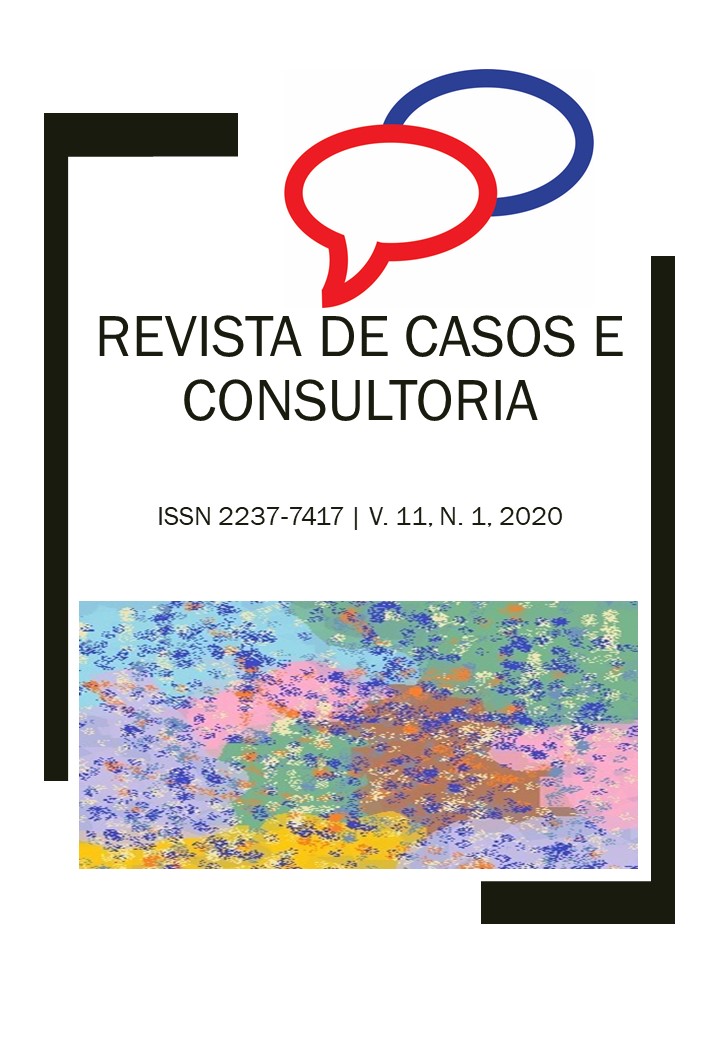Knowledge and awareness of community pharmacists in the state of Piauí about food-drug interactions
Keywords:
Food-drug interaction; Community pharmacists; Knowledge.Abstract
The objective of this study was to evaluate the knowledge and awareness of community pharmacists in the state of Piauí about food-drug interactions (IAM). The cross-sectional study involved a sample of 145 community pharmacists from the city of Teresina, PI. Data collection was performed by applying an anonymous self-administered form containing questions related to the topic. The data were analyzed using descriptive and inferential statics, using the P value (<0.05) as the significance reference between the data. Most respondents (98.6%) stated that they had prior knowledge about IAM, as well as believed in the importance of having knowledge and providing guidance to the patient. In addition, the vast majority (85.5%) claimed to provide patient care. Pharmacists scored a general knowledge score of 8.5 out of 16, corresponding to 55.9%. The highest scores of knowledge were for alcohol-drug interactions (93.0%), followed by the common interactions between food and drug (57.5%) and the time of drug ingestion with food (38.2%), reflecting at a low level of general knowledge about IAM. These findings support the need for training and educational courses for pharmacists on drug interactions, especially those associated with food and drugs.
Downloads
References
JENSEN, K. et al. Developing a molecular roadmap of drug-food interactions. PLoS Comput Biol., v.11, n.2, e1004048, 2015.
ZAWIAH, M. et al. Food-drug interactions: Knowledge among pharmacists in Jordan. PLoS One., v.15, n.6, e0234779, 2020.
RADWAN, A. et al. Evaluation of community pharmacists' knowledge and awareness of food-drug interactions in Palestine. Int J Clin Pharm., v.40, n.3, p. 668-675, 2018.
SANTOS, S.L. F; BARROS, K.B.N.T; PRADO, R.M.S. Interações entre fármacos e nutrientes: ocorrência e manejo clínico. Rev. Ciênc. Méd. Biol., v.17, n.1, p.65-70, 2018.
SATHYANARAYANA RAO, T. S; YERAGANI, V. K. Hypertensive crisis and cheese. Indian J Psychiatry., v.51, n.1, p.65-6, 2009.
LOMBARDO, M.; ESERIAN, J. K. Fármacos e alimentos: interações e influências na terapêutica. Infarma, v.26, n.3, p.188-192, 2014.
TOKKA, A.S.A; IDRIS, K.M.A. Assessment of the awareness, knowledge, attitude, and practice of sudanese community pharmacists, in khartoum state, about drug interactions. World Journal of Pharmaceutical Research, v.6, n.4, p. 409-426, 2017.
BENNI, J. M. et al. Knowledge and awareness of food and drug interactions (FDI): a survey among health care professionals. International Journal of Pharmacology and Clinical Sciences, v.1, n.4, p. 97-105, 2012.
ENWEREM, N. M.; OKUNJI, P. O. Knowledge of Food and Drug Interactions among Nurses: Assessment Strategy for Continuing Education. International Journal of Higher Education,v.6, n.1, p.122–30, 2017.
DANTAS, M. D. A. et al. Interactions of tetracyclines with milk allergenic protein (casein): a molecular and biological approach. Journal of Biomolecular Structure and Dynamics.,v.38, n. 18, p. 5389-5400, 2019.
SUB LABAN, T.; SAADABADI, A. Monoamine Oxidase Inhibitors (MAOI). StatPearls [Internet]. Disponível: https://www.ncbi.nlm.nih.gov/books/NBK539848/. Acessado em: 06 de. setembro de. 2020.
LELAWONGS, P. et al. Effect of food and gastric acidity on absorption of orally administered ketoconazole. Clin Pharm., v.7, n.3, p. 228-235, 1988.
JOHNSON, B. F. et al. The effect of dietary fiber on the bioavailability of digoxin in capsules. J Clin Pharmacol., v.27, n.7, p. 487-490, 1987.
ROHDE, L. E.; ASSIS, M. C.; RABELO, E. R. Dietary vitamin K intake and anticoagulation in elderly patients. Curr Opin Clin Nutr Metab Care., v.10, n.1, p.1-5, 2007.
NUTESCU, E. A. et al.Warfarin and its interactions with foods, herbs and other dietary supplements. Expert Opin Drug Saf., v.5, n.3, p.433-451, 2006.
SATO, J. et al. Influence of usual intake of dietary caffeine on single-dose kinetics of theophylline in healthy human subjects. Eur J Clin Pharmacol., v.44, n.3, 295-298, 1993.
DIXIT, A.; MAJUMDAR, G.; TEWARI, P. Hyperkalemia in ambulant postcardiac surgery patients during combined therapy with angiotensin-converting enzyme inhibitor, spironolactone, and diet rich in potassium: A report of two cases and review of literature. Ann Card Anaesth.,v.22, n.2, p.162-168, 2019.
LENZ TL. Drug–Alcohol Interactions. American Journal of Lifestyle Medicine., v.7, n.4, p. 250–2, 2013.
MOORE, A. A.; WHITEMAN, E. J. Ward KT. Risks of combined alcohol/medication use in older adults. The American journal of geriatric pharmacotherapy., v.5, n.1, p.64–74, 2007.
ALONZO, M. M.; LEWIS, T. V.; MILLER, J. L. Disulfiram-like Reaction With Metronidazole: An Unsuspected Culprit. . J Pediatr Pharmacol Ther., v.24, n.5, p. 445-449, 2019.
LIU L. et al. GC-MS based metabolomics of CSF and blood serum: Metabolic phenotype for a rat model of cefoperazone-induced disulfiram-like reaction. Biochemical and Biophysical Research Communications., v.490, n.3, p.1066-1073, 2017.
Lacy C, Lora A, Goldman M. Drug information handbook. 11° edição. Hudson: Lexi-comp; 2002.
MANTYLA, R. et al. Impairment of captopril bioavailability by concomitant food and antacid intake. Int J Clin Pharmacol Ther Toxicol., v.22, p.626-9, 1984.
NOLTE KENNEDY, M. S.; MASHARANI, U. Pancreatic Hormones & Antidiabetic Drugs. In: Basic & Clinical Pharmacology.13° ed. Estados Unidos: McGraw-Hill Education, 2015.
ABBASI, N. M. et al.The role of clinical pharmacists in educating nurses to reduce drug–food interactions (absorption phase) in hospitalized patients. Iran J Pharm Res., v.10, p.173–7, 2011.
EL LASSY, R. B. M.; OUDA, M. M. The Effect of Food-Drug Interactions Educational Program on Knowledge and Practices of Nurses Working at the Pediatric Out-Patients’ Clinics in El-Beheira General Hospitals. Journal of Integrated Health Science., v.8, n.4, p. 34-48, 2019.

 Português (Brasil)
Português (Brasil) English
English Español (España)
Español (España)